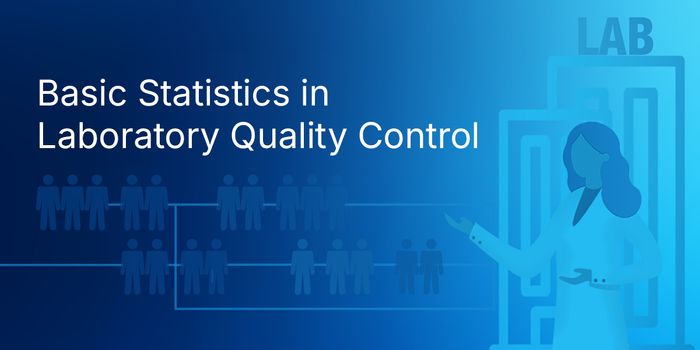Scientists Define a New Alzheimer's-like Disease
A team of international scientists has defined a new type of dementia that closely mimics the symptoms of Alzheimer’s disease. The disease has been named “LATE,” which stands for, “Limbic-predominant Age-related TDP-43 Encephalopathy.” LATE affects multiple areas of cognition, including memory trouble and dementia, and impairs activities of daily life.
In October of 2018, a group of international scientists and experts assembled to determine the guidelines for diagnosing LATE and recommendations for future research. As explained by Dr. Nina Silverberg, the director of the Alzheimer’s Disease Centers Program, in a news release from the National Institutes of Health (NIH) “noting the trend in research implicating TDP-43 as a possible Alzheimer’s mimic, a group of experts convened a workshop to provide a starting point for further research that will advance our understanding of another contributor to late-life brain changes.” The results of this working group were published this week in the neurology journal Brain. Dr. Silverberg emphasized that “the diseases itself is not new. LATE has been there all along, but we hope this report will enable more rapid advancement in research to help us better understand the causes and open new opportunities for treatment.”
Dementia and Alzheimer’s disease are often thought of as interchangeable. However, prior research has shown that Alzheimer’s is just one of multiple forms of dementia. Scientists were clued into the existence of this new Alzheimer’s-like form of dementia when autopsies of suspected Alzheimer’s patients lacked the well-established identifying signs in the brain: an abnormal buildup of amyloid protein and tau tangles. Scans of patients with Alzheimer’s symptoms that lack the telltale buildup and tangle led scientists to identify yet another protein that was causing these symptoms.
TDP-43—transactive response DNA binding protein of 43 kDa—is a protein that regulates gene expression in the brain and other tissues, and is well-known by scientists for its role in amyotrophic lateral sclerosis (ALS) and frontotemporal lobar degeneration. Recent research revealed that abnormal TDP-43 is very common in older adults. According to the LATE working group report, approximately 25 percent of individuals over 85 years of age have enough misfolded TDP-43 to impact memory and thinking abilities. TDP-43 is also associated shrinkage of the hippocampal region of the brain, which results in symptoms very similar to those of Alzheimer’s.
Currently, LATE can only be identified during an autopsy. A key recommendation of the report is further research to identify ways to measure abnormal TDP-43 and diagnose LATE in living patients. The researchers hope that their report and definition of LATE will make this condition easier to diagnose and distinguish from similar diseases.
Sources: National Institute on Aging, Science News, AP news









